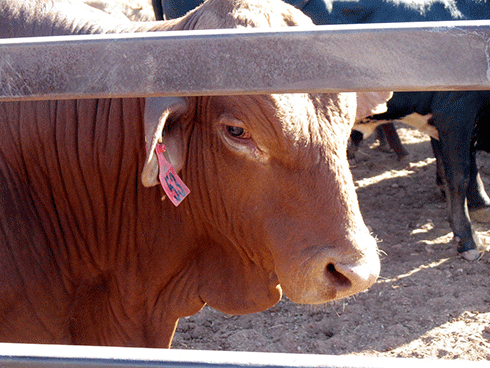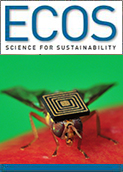
|
Published: 17 March 2014
Pastoralists keen to manage nature with right incentives
A survey of pastoral property owners across northern Australia has found that most are interested in diversifying their income stream by undertaking paid biodiversity conservation activities.

|
|
Cattle production and conservation can work together on the large pastoral stations of northern Australia. Credit:
K Dixon BY 2.0
|
The study, led by Charles Darwin University’s Professor Romy Greiner, gauged pastoral interest in conservation contracts by presenting hypothetical situations.
It also explored how pastoralists manage their operations and make decisions, and which contract features would make them most likely to get involved.
‘Very little of Australia’s tropical savannas are formally protected, so contributions by pastoralists are critical to safeguard biodiversity,’ Professor Greiner said.
The hypothetical conservation options tested included strict conservation, where cattle were excluded, and ‘rotational grazing options’, where the length and timing of cattle access to land was determined by the needs of native plants and animals.
Options also varied in how much they paid, contract length, whether there was flexibility in times of ‘exceptional circumstances’, and who monitored the contracts.
The research took Professor Greiner more than 25,000 km across the north, between Charters Towers in Queensland and Broome in Western Australia, where she held research meetings and visited remote stations.
Among participating properties were family operated farms, Indigenous owned stations, and corporate pastoralists.
‘The average property size was around 250,000 hectares, and some were larger than a million hectares,’ Professor Greiner said.
‘This means that even if pastoralists enrol only a fraction of their land in conservation contracts, a lot of environmental benefits are possible with the right investment partner.
‘As expected, willingness to participate in the hypothetical conservation contracts was dependent on the payment on offer, relative to land productivity.
‘Payment offers ranged between $1 and $32 per hectare per year, which reflected the diverse range of land and land productivity across the study area.’
The large number of survey responses has delivered a good understanding of pastoral preferences for different contract features, the amount of land potentially available for contractual biodiversity conservation, and a whole-of-industry response to the concept.
Preliminary results are now being discussed with survey participants and other members of the northern pastoral industry, with a final report expected in November. The findings can inform existing and future conservation and offset programs.
In related research, researchers from Charles Sturt University (CSU) in Albury-Wodonga found that Queensland beef producers are willing to participate in schemes that offer payments for environmental services, but a lack of support with paperwork is holding them back.
‘Getting help in filling out the paperwork required as part of funding applications improved beef producers' trust in government agencies and in environmental initiatives,’ said CSU social researcher Associate Professor Vaughan Higgins.
‘Providing this support improved producer participation in schemes such as NatureAssist and Reef Rescue, which aim to protect land of high conservation value and improve the quality of water flowing into the Great Barrier Reef.’
NatureAssist and Reef Rescue have provided funding to graziers to regenerate pastures, and fencing to stop cattle fouling waterways and improve control of erosion and cattle movement.
‘The funds also allowed graziers to manage land that was deemed non-productive or too difficult to manage,’ Professor Higgins said.
Source: NERP Northern Australia Hub & CSU



